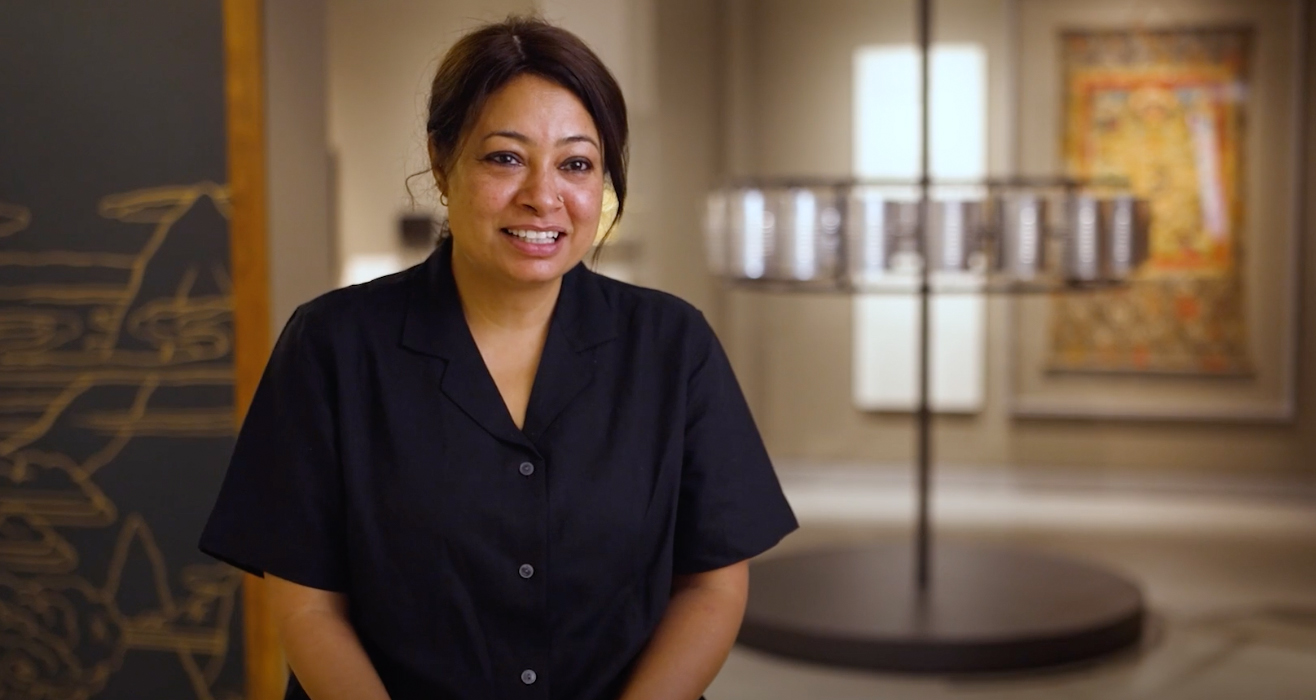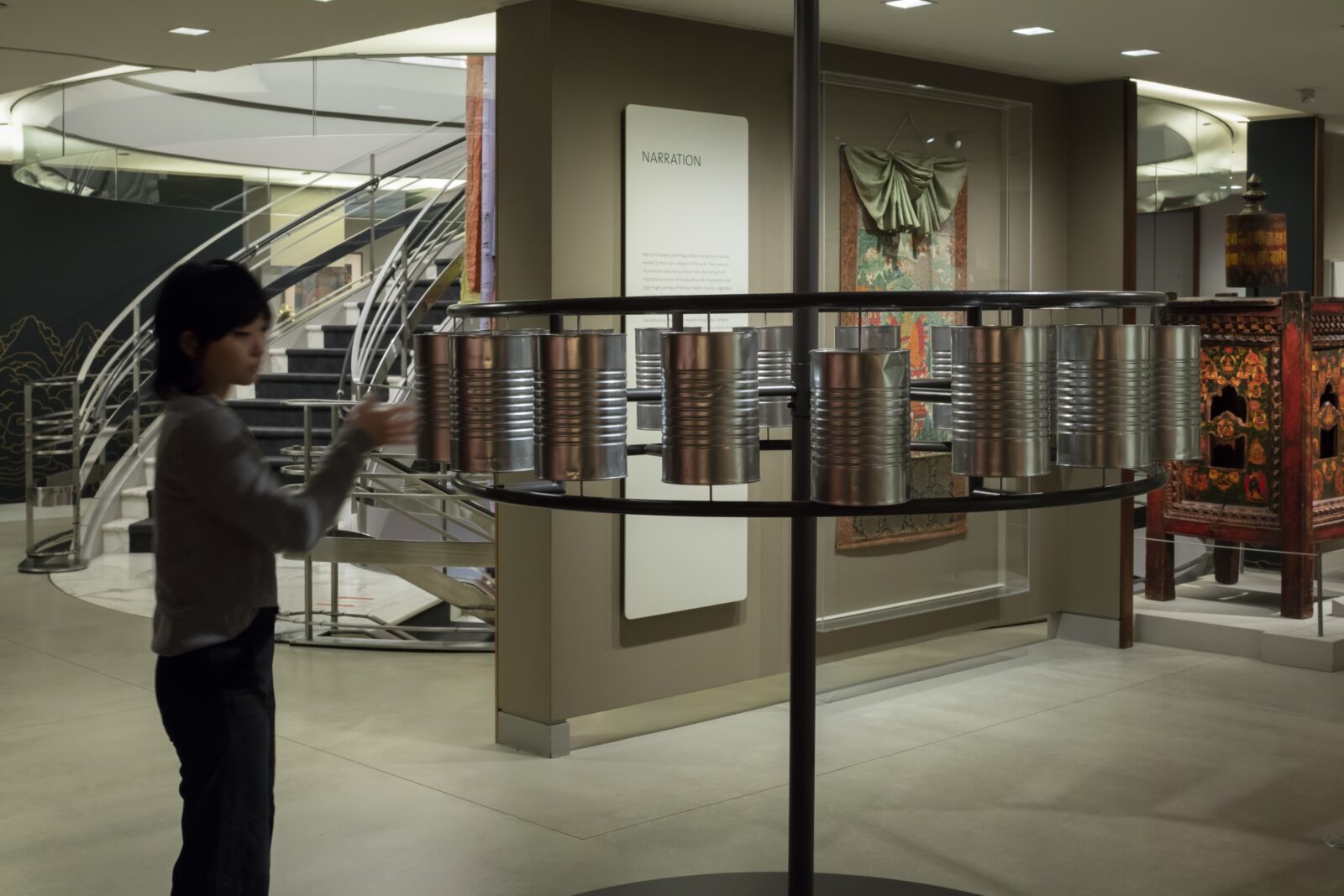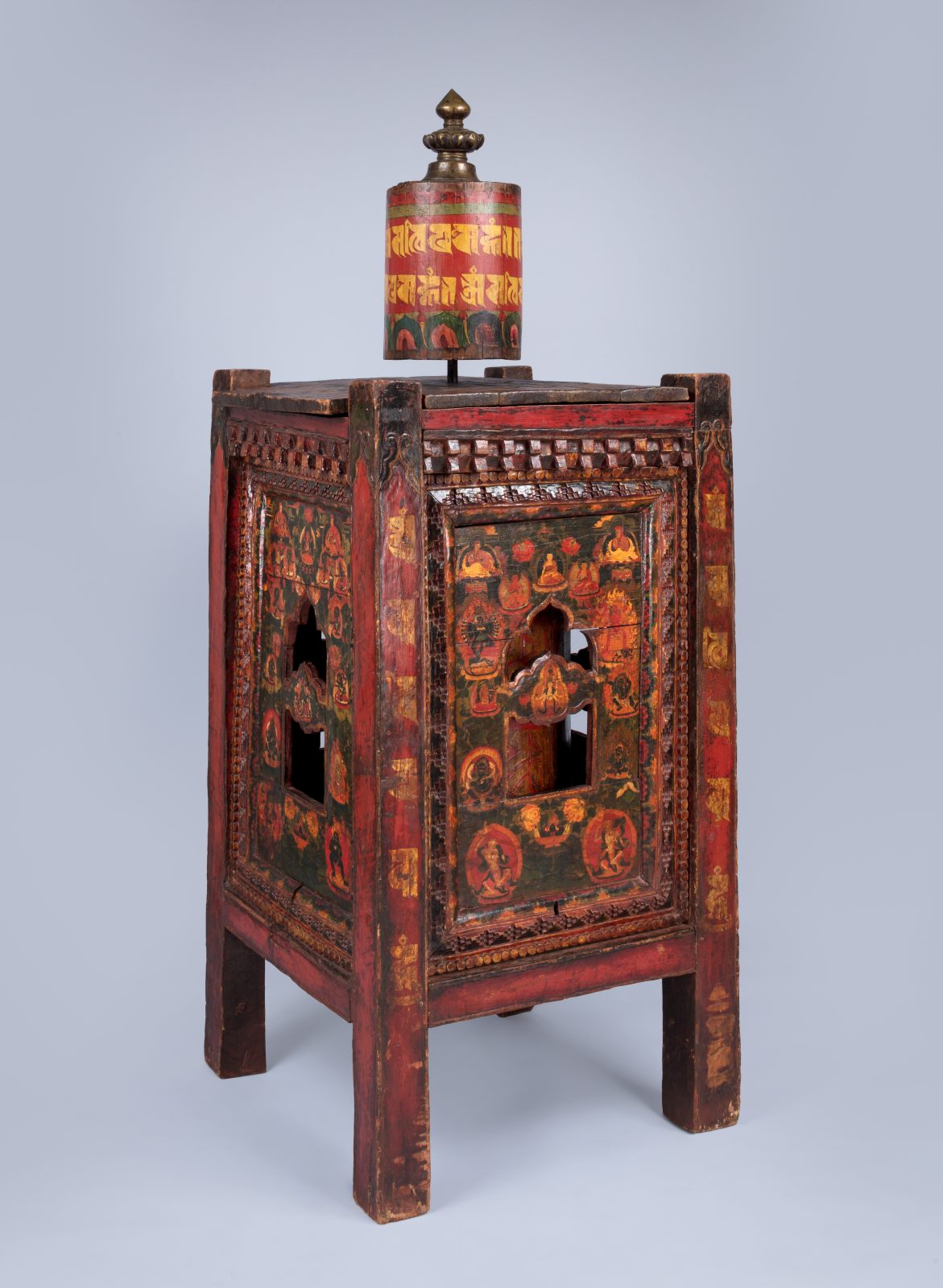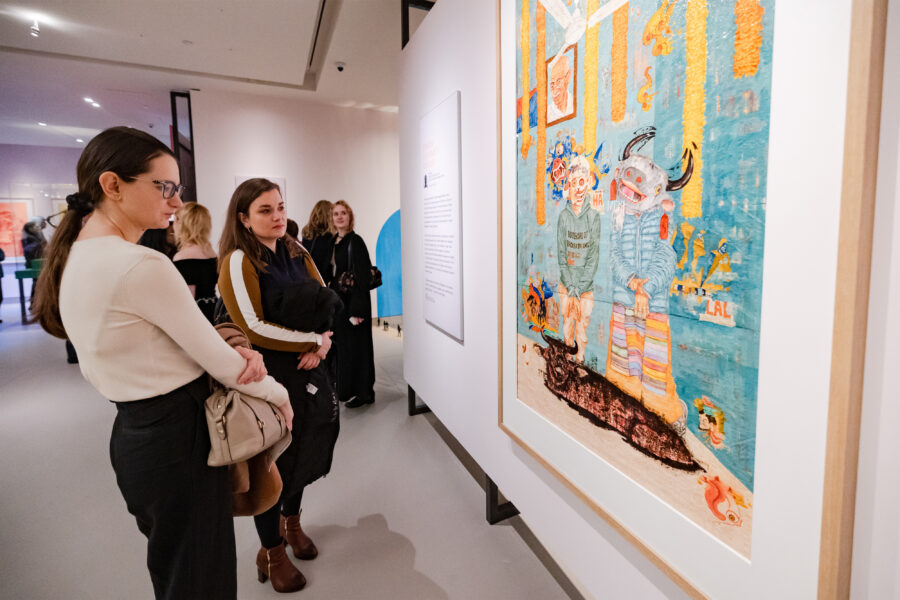b. 1978, Lalitpur, Nepal; lives and works in Lalitpur, Nepal


Bidhata K C is a contemporary artist based in Nepal. Through installations, paintings, and prints, she primarily investigates the issues of identity, material culture, and the relations between the old and the new in our daily lives. Bidhata K C finds inspiration in the centuries-old artistic traditions of her native country to create striking images of contemporary narratives.
In 2011 her painting Marginalized Identity was recognized with the Special Mention Award at the National Fine Art Exhibition in Nepal. She was represented by the Nepal Art Council in the India Art Fair 2016, and she was one of the 15 commissioned artists for the 2017 Kathmandu Triennale. In 2018 Bidhata K C was honored as the Artist of the Year, 100 Most Influential Women of Nepal and was a recipient of the Australian Himalayan Foundation Art Award. In 2022 she was selected by the U.S. Department of State to attend the Social Change Through the Arts initiative under the International Visitor Leadership Program.


Bidhata K C; Out of Emptiness; 2023; metal cans; installation view of Reimagine: Himalayan Art Now presented by the Rubin Museum of Art, March 15–October 6, 2024. Photo by David de Armas, courtesy of the Rubin Museum of Art
Emerging from Bidhata K C’s ongoing exploration of Himalayan heritage, Out of Emptiness features discarded tin cans transformed into sacred prayer wheels, inspired by a trend the artist witnessed in remote villages in Nepal. The interactive installation invites viewers to spin the prayer wheels made from repurposed sauce cans, immersing them in echoes of this Buddhist tradition. The cans are empty, so it is up to the participant to fill them with their thoughts and prayers.
The installation highlights connections between discarded objects and themes of daily life, culture, globalization, consumerism, and geographic borders, where emptiness takes on new spiritual significance. It also addresses waste management issues in Nepal’s tourist-heavy mountains, as locally grown food practices dwindle and commercial products become more available in remote areas for tourists and locals. The cans serve as a timestamp, capturing the evolving landscape and illuminating the impact of modernization on traditional Buddhist practices.
This prayer wheel below from the Rubin Museum’s collection is presented in the Reimagine exhibition in dialogue with Out of Emptiness, inviting new ways of encountering traditional Himalayan art.

Prayer Wheel; Tibet; 19th - 20th century; Wood, metal, and pigments; Rubin Museum of Himalayan Art, Gift of Thomas Isenberg; SC2010.32a-h

Wrightwood 659
Chicago, IL

Rubin Museum
150 W. 17th St., NYC

Get the latest news and stories from the Rubin, plus occasional information on how to support our work.